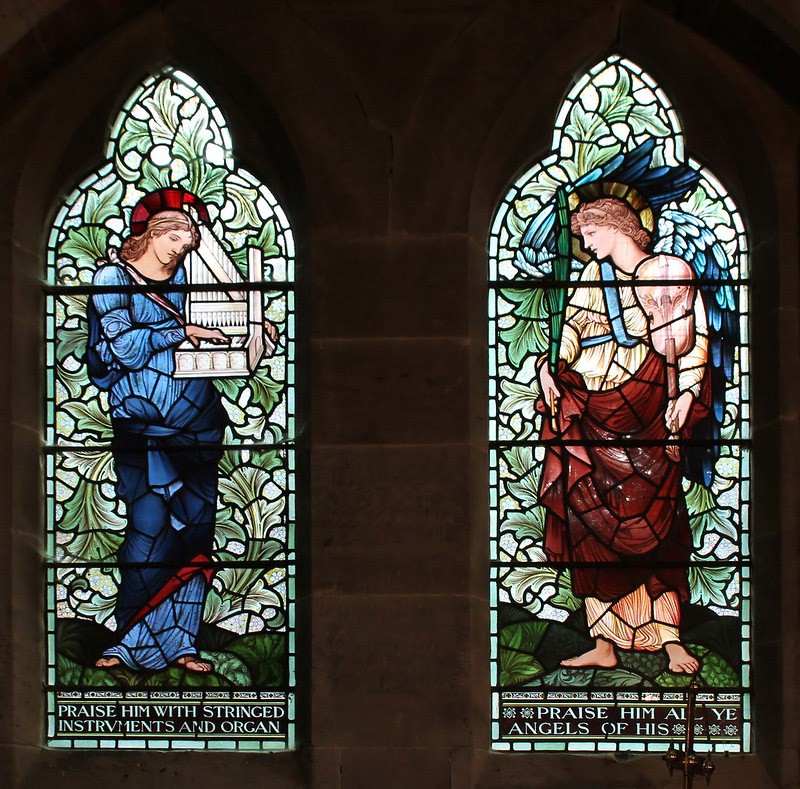Rosemary Broadbent
Tracing the relationship between two composers through their compositions is an
interesting study. Sometimes it is a sign of respect and gratitude, such as Britten’s tribute to his
teacher, Variations on a Theme of Frank Bridge. In the case of William Byrd and his teacher, the
tribute was posthumous: the beautiful song Mourn all ye Muses ends with the words Tallis is dead,
and Music dies. Brahms made a practice of sending his compositions for comment to his life-long
friend Clara Schumann, although he did not necessarily accept her advice! Other suggestions were
more interventionist, such as the violinist Joseph Joachim’s restructuring of Bruch’s Violin Concerto,
and Rimsky-Korsakov’s radical changes to Mussorgsky’s Night on the Bare Mountain, which he
judged, perhaps mistakenly, to be unfinished at the composer’s death.
The relationship between Haydn and Mozart is particularly fascinating as it was reciprocal,
and it can best be exemplified in their string quartets: a selection of Haydn’s quartets is the subject
of my ‘Mornings with a Masterpiece’ course later this term. At first glance theirs was an unlikely
friendship. Haydn, a generation older, came of country stock and was neither a prodigy nor a
virtuoso. He learned his trade laboriously. An inadequate training as a choirboy was followed by
eight years of poverty and self-study before he gained a settled appointment. Mozart was a child
genius, raised at an archbishop’s court and celebrated all over Europe as a composer and performer.
On the other hand, both combined a deep personal faith with a wicked sense of humour. It
was Haydn who presented his orchestra with a puzzling Minuet, which could only be completed by
being played backwards. It was Mozart who took over the off-stage glockenspiel when his friend
Schikaneder was playing ‘magic bells’ on stage – with unexpected and embarrassing results for the
actor. Both experienced the life of a liveried servant at the beck and call of an aristocrat. Typically,
Haydn gained the respect of a sympathetic Prince and remained with the same family for the rest of
his life. Mozart walked out after an explosive interview with his master’s steward, and left to seek
his fortune at the age of twenty-five.
In the forthcoming course on Haydn’s string quartets, we shall begin with the six works
published as Opus 20 in 1772. They are remarkable (among other things) for venturing more than
usual into the minor mode, and for the fugues which conclude three of them. A year later came
Mozart’s first set of six quartets among which K173 in D minor ends with a fugue: a clear response to
Haydn’s Opus 20 from the seventeen-year-old composer.
It was ten years before Mozart returned to the string quartet. By then he was resident in
Vienna, newly married, and was welcoming Haydn into his house as a guest whenever the older man
was allowed to spend time in the city. This set of quartets, published as Opus 10, was explicitly
dedicated to Haydn and there are documents describing two occasions when they were played
through with the composer on the viola and the dedicatee taking a violin part. One can only imagine
the lively conversation and the delight enjoyed on those evenings.
The minor key quartet in this set (K421) is again in D minor, and this key seems to have had a
deeply expressive meaning for Mozart. It is the key of a stormy piano concerto (1785), of the opera
Don Giovanni (1787) and of the Requiem which the composer left unfinished at his death in 1791.
Haydn was deeply affected by his young friend’s death. He was visiting London at the time
and was reluctant to believe the news until he returned to Vienna and found it to be all too true. It is
impossible to escape the inference that when Haydn resumed string quartet composition later in the
1790s he had Mozart’s tribute to him in mind. The D minor quartet of Opus 76, which we shall study
in our second session, has particularly close connections with Mozart’s K421, and it seems that the
older master was taking up the challenge of Mozart’s depth of emotion and driving it further.
It says much for Haydn’s generosity of spirit that he continued to learn from other
composers throughout his life. His meeting with Handel’s music in London spurred him to write two
great oratorios, and his very personal friendship with Mozart gave us Opus 76 – perhaps the
crowning glory of his quartet compositions.
Haydn also left a work unfinished at his death: we have just two movements of another
string quartet – in D minor.
If you are interested in learning more about Haydn and his string Quartets, you can book your place on Rosemary Broadbent’s courses by following this link.


